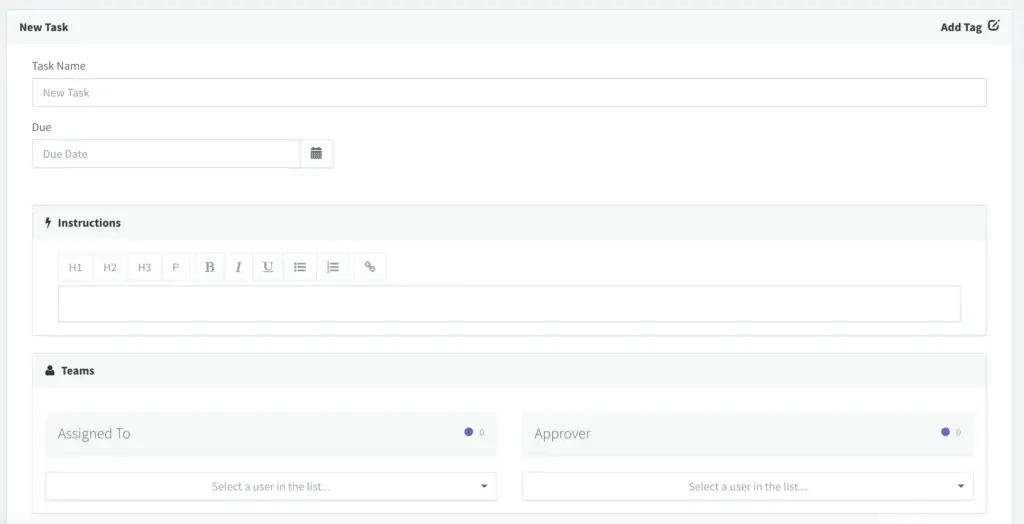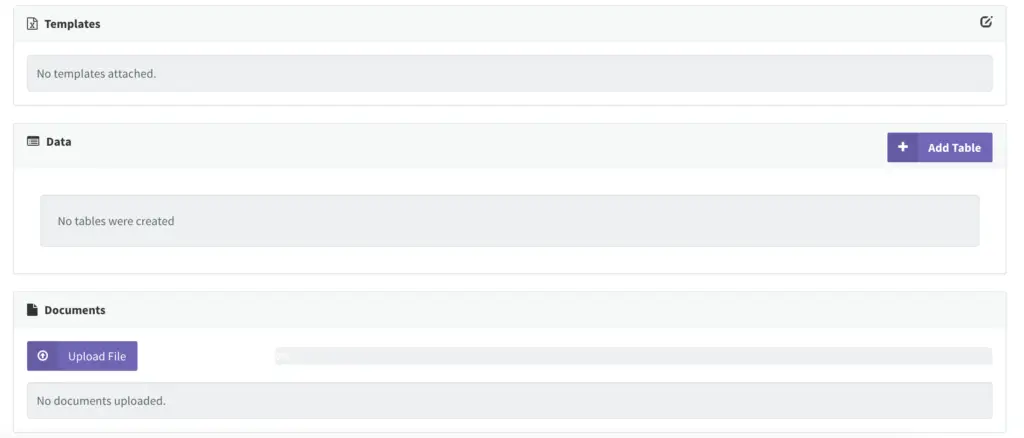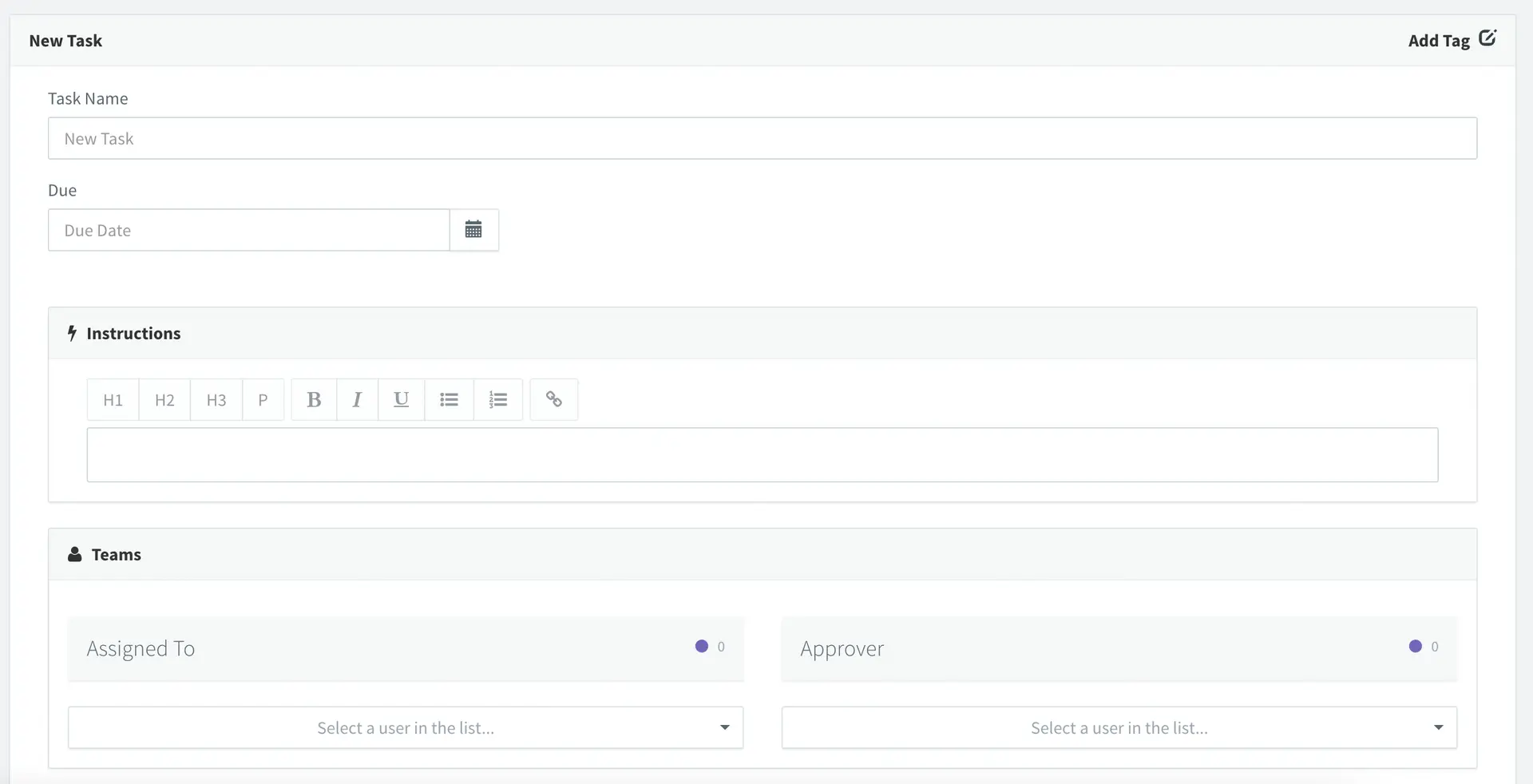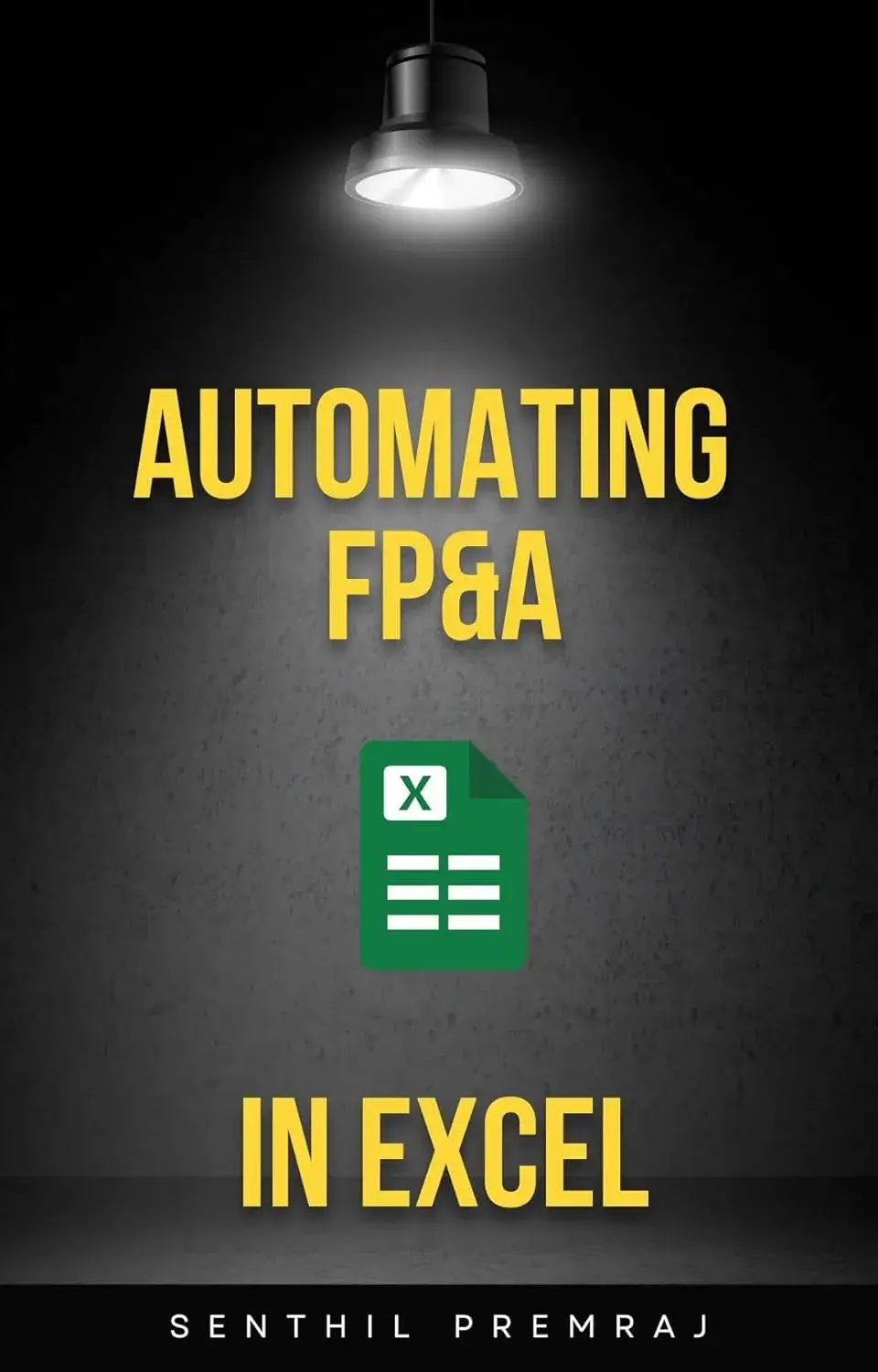Introduction:
In any company, various departments rely on task engines to keep their processes running smoothly and promote collaboration. FP&A (Financial Planning and Analysis) is no exception.
In this article, we’ll explore how FP&A tasks can be incredibly useful as an alternative to traditional email communication.
Budgeting Made Easier
Budgeting can be a stressful activity, especially when dealing with large amounts of data that need to be organized for each budget head and consolidated into a Profit and Loss statement (P&L). Draft Tasks help you plan your budgeting ahead of time. You can create tasks for each budget head and P&L statement in advance. When you are ready, just click to activate them. Draft Tasks make budgeting easy and stress-free.
Simplifying Monthly Tasks
Month-end routines often involve a set of recurring tasks that need to be completed every month. Instead of manually creating these tasks each time, you can set up a recurring task calendar. This calendar automatically generates and deploys each task, saving you time and ensuring consistency in your month end processes.
Elements of an FP&A Task
- Delivery End Date: The deadline by which the task must be completed.
- Collaborators: The individuals or teams involved in the task, often including a preparer and a reviewer.
- Supporting Documentation: Documents or information necessary to complete the task.
- Comments: A space for adding comments, serving as a journal associated with the task.
Task 1

Task 2

Task 3

Conclusion
FP&A tasks play a crucial role in streamlining financial processes and serve as an efficient alternative to traditional email communication. Whether it’s simplifying budgeting, automating recurring monthly tasks, or efficiently managing work elements, these tools help you work smarter, not harder.
So, embrace the power of FP&A tasks and make your financial planning and analysis more efficient than ever!




